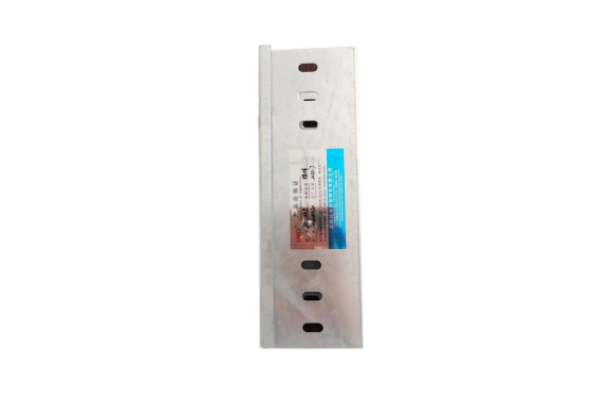The working principle and classification of compensation wires
Release Time : 2023-03-23
1. The working principle of the compensation wire
A wire whose thermoelectric properties are very similar to the thermoelectric properties of a thermocouple within a certain temperature range is called a compensation wire of a thermocouple.
According to the middle temperature law of the thermocouple, the total potential value of the thermocouple temperature measurement circuit is only related to the temperature of the hot end and the reference end, and is not affected by the intermediate temperature change, so the compensation wire matching the thermocouple material can be used to replace the precious thermocouple material that needs to be extended, and the reference end is extended from the thermocouple junction box to the instrument terminal, and the temperature of the original reference terminal is compensated by the compensation wire.
In addition to reducing the measurement error, the compensation wire also has the following advantages: it can improve the physical and mechanical properties of the thermocouple temperature measurement line, such as the use of multi-stranded wire core or small diameter compensation wire can improve the flexibility of the line, make the connection convenient, and easy to shield external interference; This reduces the cost of the measurement line.
2. Classification of compensation wires
In principle, it is divided into extended type and compensation type, the nominal chemical composition of the alloy wire of the extended type is the same as the thermocouple used, so the thermoelectric potential is also the same, in the model is represented by "X", the nominal chemical composition of the alloy wire of the compensation type is different from the matching thermocouple, but within its operating temperature range, the thermoelectric potential is similar to the nominal value of the thermoelectric potential of the matched thermocouple, which is represented by "C" in the model.
From the compensation accuracy is divided into ordinary grade and precision grade, the error after precision grade compensation is generally only half of ordinary grade, usually used in places with high measurement accuracy requirements. For example, the compensation wire of the S and R indexing numbers has a tolerance of ±2.5°C for the precision grade and ±5.0°C for the ordinary grade; The compensation conductor of the K and N indexes has a tolerance of ±1.5°C for the precision grade and ±2.5°C for the normal grade. In the model number, the ordinary grade is not standardized, and the precision grade is indicated by adding "S".
From the working temperature, it is divided into general use and heat resistance, and the general working temperature is 0 ~ 100 °C (a few are 0 ~ 70 °C); The working temperature for heat resistance is 0 ~ 200 °C.
In addition, the core can be divided into single-strand and multi-core (flexible wire) compensation wires, ordinary and shielded compensation wires with shielding or not, and compensation wires for intrinsically safe circuits dedicated to explosion-proof occasions.






